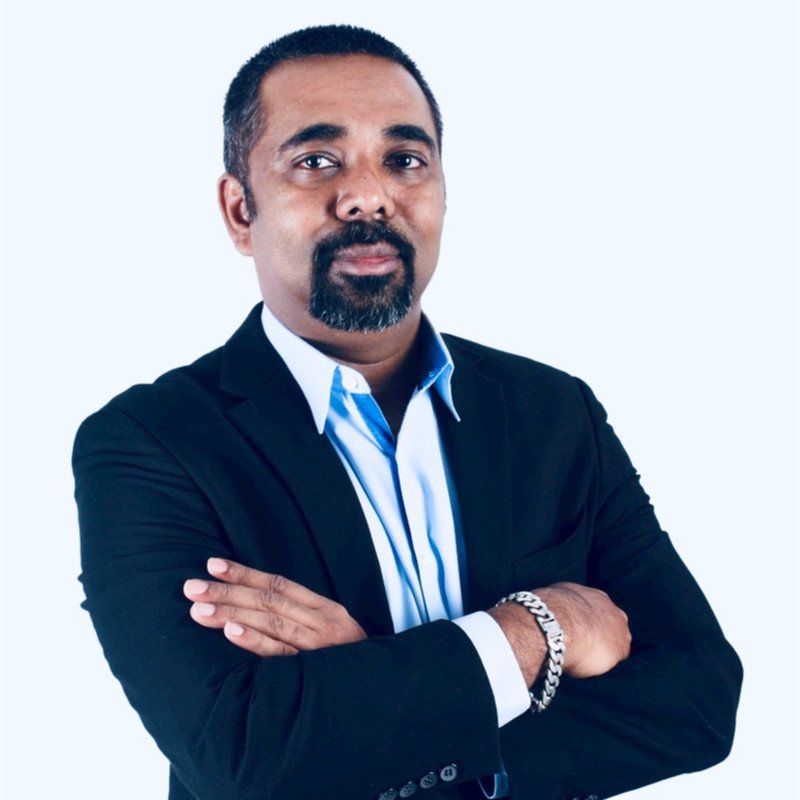Ikigai and Flow

In today’s fast-paced and ever-changing world, organizations and individuals alike are striving to find meaning and purpose in their work while achieving peak performance. Two powerful concepts —Ikigai and Flow — offer a roadmap for aligning personal and organizational goals with meaningful action. By integrating these principles, businesses can foster environments where employees thrive, productivity soars, and excellence becomes the norm.
This article explores the concepts of Ikigai and Flow, their synergy, and how they can be applied to achieve personal and organizational success. We will also examine a real-world case study from Penang, Malaysia, to demonstrate how aligning purpose with operational excellence can lead to transformative results.
Understanding Ikigai and Flow
What is Ikigai?
Ikigai is a Japanese term that translates to “reason for being.” It represents the intersection of four key elements:
1. What you love: Activities that bring joy and fulfillment.
2. What you are good at: Skills and talents that you excel in.
3. What the world needs: Areas where you can make a meaningful impact.
4. What you can be paid for: Contributions that are economically sustainable.

At its core, Ikigai is about finding balance and purpose in life. For individuals, it provides a framework for aligning their passions and skills with societal needs and financial sustainability. For organizations, Ikigai serves as a guiding principle to align their vision, mission, and strategies with what truly matters to their stakeholders.
What is Flow?
Flow is a state of deep focus, engagement, and enjoyment in an activity, where time seems to fly, and productivity peaks. Coined by Mihaly Csikszentmihalyi, Flow occurs when the challenge of a task matches the skill level of the person performing it. This state is characterized by:
- Clear Goals: A clear understanding of what needs to be achieved.
- Immediate Feedback: Real-time input that allows for adjustments and improvements.
- Balance Between Challenge and Skill: Tasks that are neither too simple nor overly complex.
For organizations, fostering *Flow* involves creating an environment where employees can work without unnecessary distractions, with clear objectives and the tools they need to succeed.
The Synergy Between Ikigai and Flow
While Ikigai provides the “why” behind our actions, Flow focuses on the “how.” Together, they form a powerful foundation for personal and organizational success:
- Ikigai ensures that individuals and teams are working toward meaningful goals.
- Flow ensures that the process of achieving those goals is both engaging and fulfilling.
Organizations that embrace both concepts can inspire their workforce to perform at their best while staying aligned with a higher purpose.
Aligning Purpose with Operational Excellence: The Penang City Council Case Study
The Penang Island City Council transformation provides an exemplary case of how purpose (Ikigai) can be aligned with operational excellence to drive meaningful change. In response to public demand for better service delivery, the government implemented a change management program centered on the Envision, Execute, and Experience (E3) Framework, as detailed in Changing with Lean Six Sigma, a book i personally wrote.
Envisioning Purpose
The government recognized that Penangites expected high-quality, efficient services comparable to those provided by the private sector. To address these expectations, a clear purpose was defined: to deliver services that meet the needs of citizens while leveraging modern technology and streamlined processes. This vision aligned with the principles of Ikigai by prioritizing what the world (citizens) needed.
The E3 Framework was introduced as a structured approach to drive change:
1. Envision: Establish clear goals and assess the current state of service delivery.
2. Execute: Implement a detailed plan to achieve the envisioned goals.
3. Experience: Embed sustainable changes into the organizational culture to ensure lasting impact.
Figure 2 - E3 Framework (source: LSS Academy)
Check out this amazing video from ex-ESPN anchor Lisa Wong's Breakthrough show as she shares another one of her Ikigai and Flow Breakthrough story
Achieving Flow Through Engagement
To achieve Flow within the organization, the Penang Island City Council adopted a multi-faceted approach that focused on empowering employees, streamlining processes, and fostering collaboration. These strategies created an environment where employees could work at their optimal potential, free from unnecessary distractions or inefficiencies.
1. Empowering Employees Through Skill Development: Employees underwent training in Lean Six Sigma methodologies to identify bottlenecks, eliminate waste, and improve service delivery processes. This investment not only enhanced employee confidence but also fostered a sense of ownership and accountability, critical for achieving Flow.
2. Streamlining Processes to Reduce Complexity: By applying Lean Six Sigma principles, workflows were analyzed and optimized. For example, permit approval processes were redesigned to remove redundant steps, reducing service delivery times by 50%. This alignment of task complexity with employee skill levels created the balance necessary for Flow.
3. Encouraging Collaborative Problem-Solving: Regular cross-departmental workshops encouraged open communication and co-created solutions. Employees felt valued and engaged, further promoting a state of *Flow*.
4. Leveraging Technology to Minimize Distractions: The government implemented a centralized digital system to automate routine tasks and provide real-time updates, allowing employees to focus on higher-value activities that required their expertise.
Figure 3: Achieving Flow (source: LSS Academy)
Results
The transformation efforts in Penang yielded impressive and measurable outcomes:
1. Reduced Service Delivery Times: Critical services, such as permit approvals, saw processing times reduced by 50%, enabling faster and more reliable service delivery.
2. Improved Citizen Satisfaction: A significant increase in citizen satisfaction, expressing greater trust in the government’s ability to deliver efficient services.
3. Enhanced Employee Engagement: Employees reported higher motivation and job satisfaction, citing the training programs and collaborative work environment as key factors.
4. Sustainable Culture of Continuous Improvement: The E3 Framework and Lean Six Sigma methodologies established a culture of continuous improvement, ensuring that the gains achieved were sustained over time.
Conclusion
The principles of Ikigai and Flow offer a powerful framework for achieving personal and organizational success. By aligning purpose with meaningful action and fostering an environment where individuals can perform at their best, organizations can unlock their full potential. The Penang case study serves as a testament to the transformative power of these concepts, demonstrating that purpose-driven leadership and operational excellence are not just ideals—they are achievable goals that can lead to lasting impact.
As organisations navigate the complexities of the modern world, embracing Ikigai and Flow can serve as a guiding light, helping them thrive in a way that is both meaningful and sustainable.
Check out yet another great video on Malaysia Leadership Summit. It happens yearly with more than 500+ C-suite leaders attending and some of the best thought leaders in the world sharing their insights. Check out the upcoming edition for this new year here
References
1. Leaderonomics. (2016). *Case Study: How We Initiate Change Management to Improve the Service Delivery Levels in Penang Island Town Council*. Retrieved from [https://www.leaderonomics.com/articles/business/change-management-penang).
2. Aruleswaran, A. (2009). *Changing with Lean Six Sigma*. (LSS Academy).
3. Csikszentmihalyi, M. (1990). *Flow: The Psychology of Optimal Experience*. Harper & Row.
Edited by: Roshan Thiran
Business
Tags: Business Management
Arul is currently an independent consultant working on improving the component level supply chain for a popular electric vehicle brand and also enabling the disruption of delivery services with cloud based technology solutions. He formerly was with GEODIS as the regional director of transformation and as the MD of GEODIS Malaysia. In GEODIS, he executed regional transformation initiatives with the Asia Pacific team to leapfrog disruption in the supply chain industry by creating customer value proposition, reliable services and providing accurate information to customers. He has driven transformation initiatives for government services and also assisted various Malaysian and Multi-National Organisations using the Lean Six Sigma methodology.







